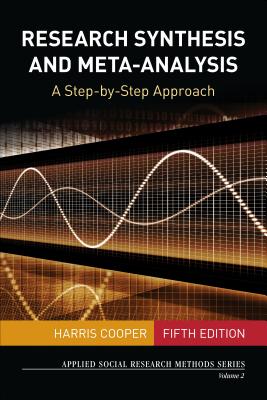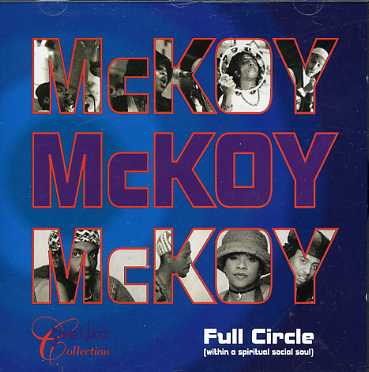
description
ation in higher education, administrative research, general development, the arts, social sciences, nursing, business, and health care. That may seem like a vast application, but both students and professionals will appreciate the clarity and the emblematic mentorship this book provides." - American Journal of Qualitative Research
This invaluable manual from world-renowned expert Johnny Saldaña illuminates the process of qualitative coding and provides clear, insightful guidance for qualitative researchers at all levels. The fourth edition includes a range of updates that build upon the huge success of the previous editions:
- A structural reformat has increased accesibility; the 3 sections from the previous edition are now spread over 15 chapters for easier sectional reference
- There are two new first cycle coding methods join the 33 others in the collection: Metaphor Coding and Themeing the Data: Categorically
- Includes a brand new companion website with links to SAGE journal articles, sample transcripts, links to CAQDAS sites, student exercises, links to video and digital content
- Analytic software screenshots and academic references have been updated, alongside several new figures added throughout the manual
Saldana presents a range of coding options with advantages and disadvantages to help researchers to choose the most appropriate approach for their project, reinforcing their perspective with real world examples, used to show step-by-step processes and to demonstrate important skills
member goods
No member items were found under this heading.
Return Policy
All sales are final
Shipping
No special shipping considerations available.
Shipping fees determined at checkout.







